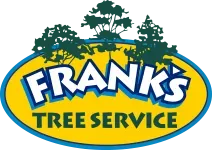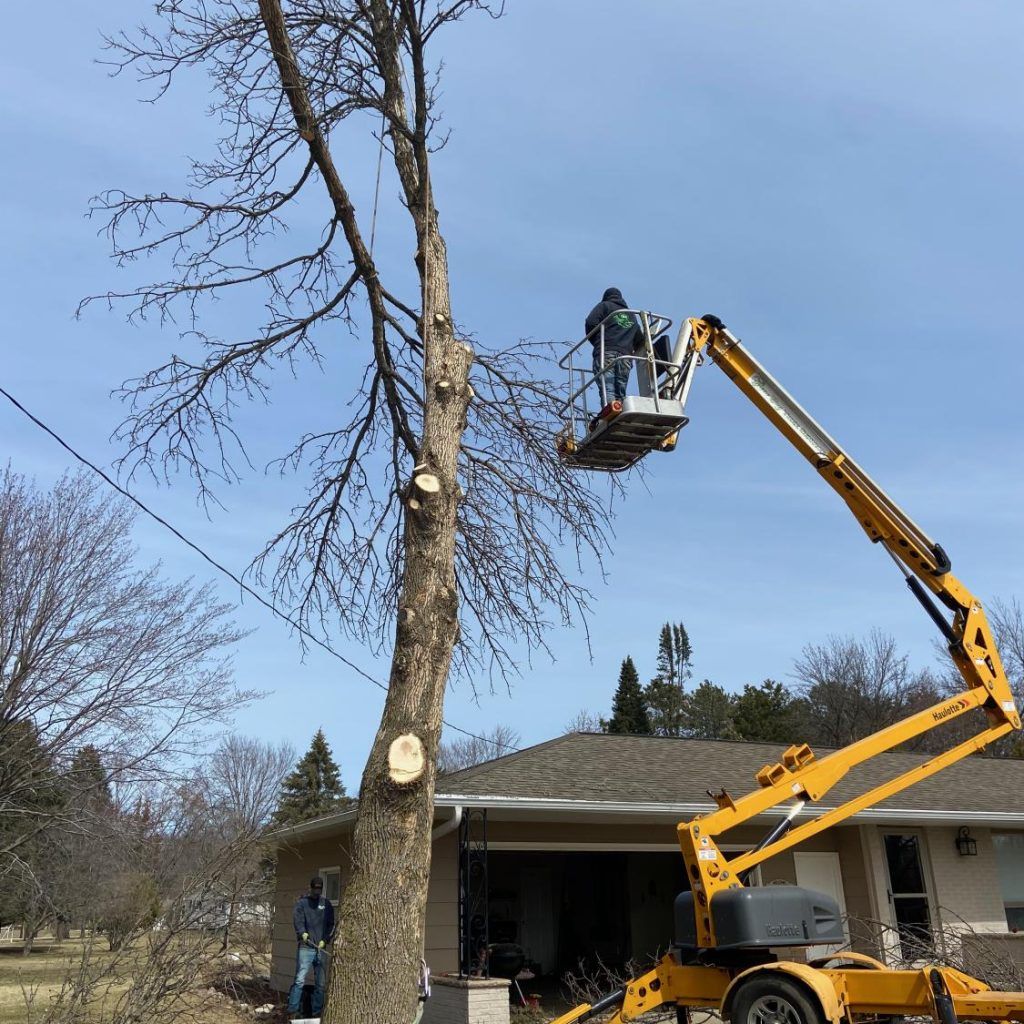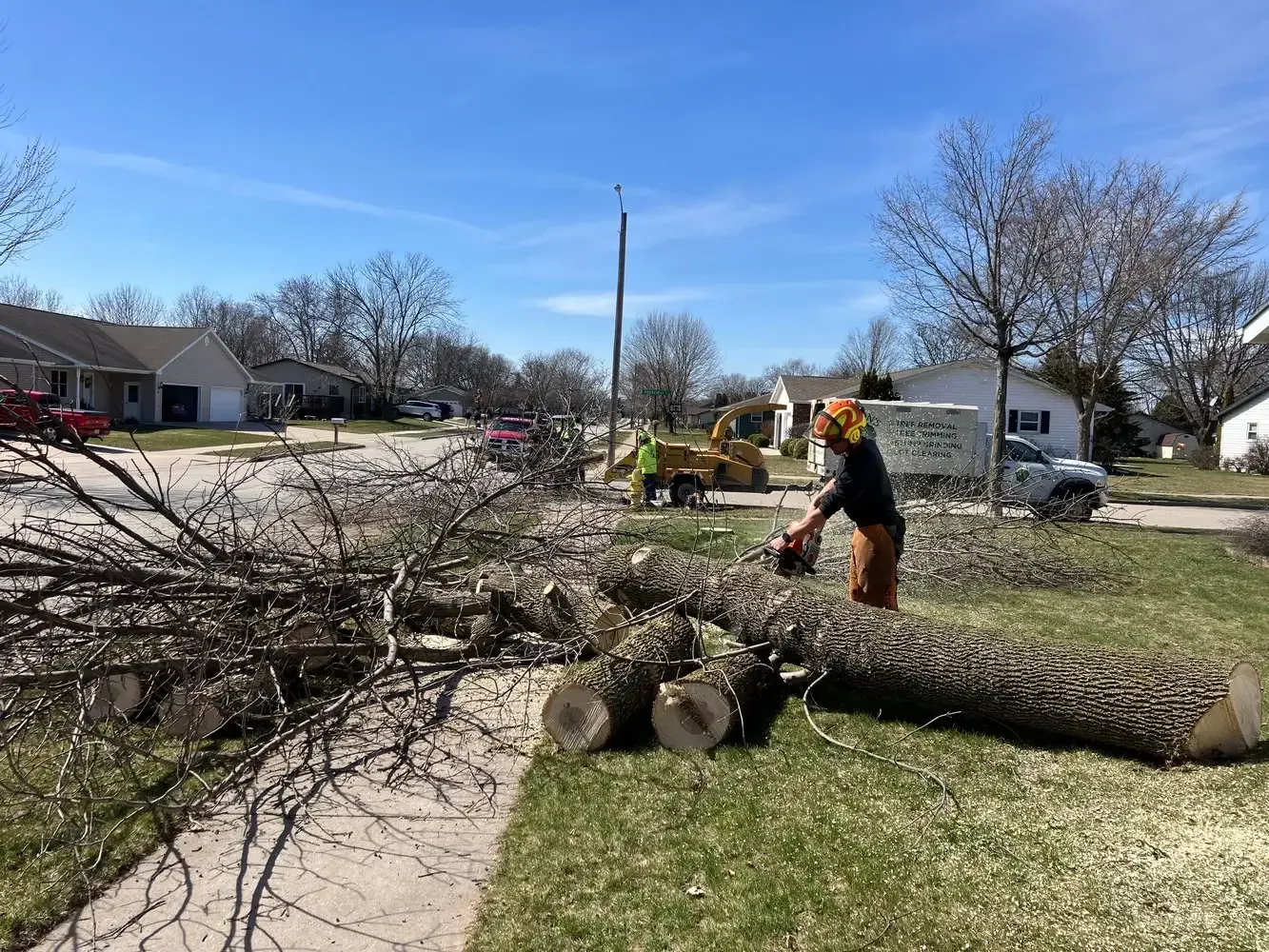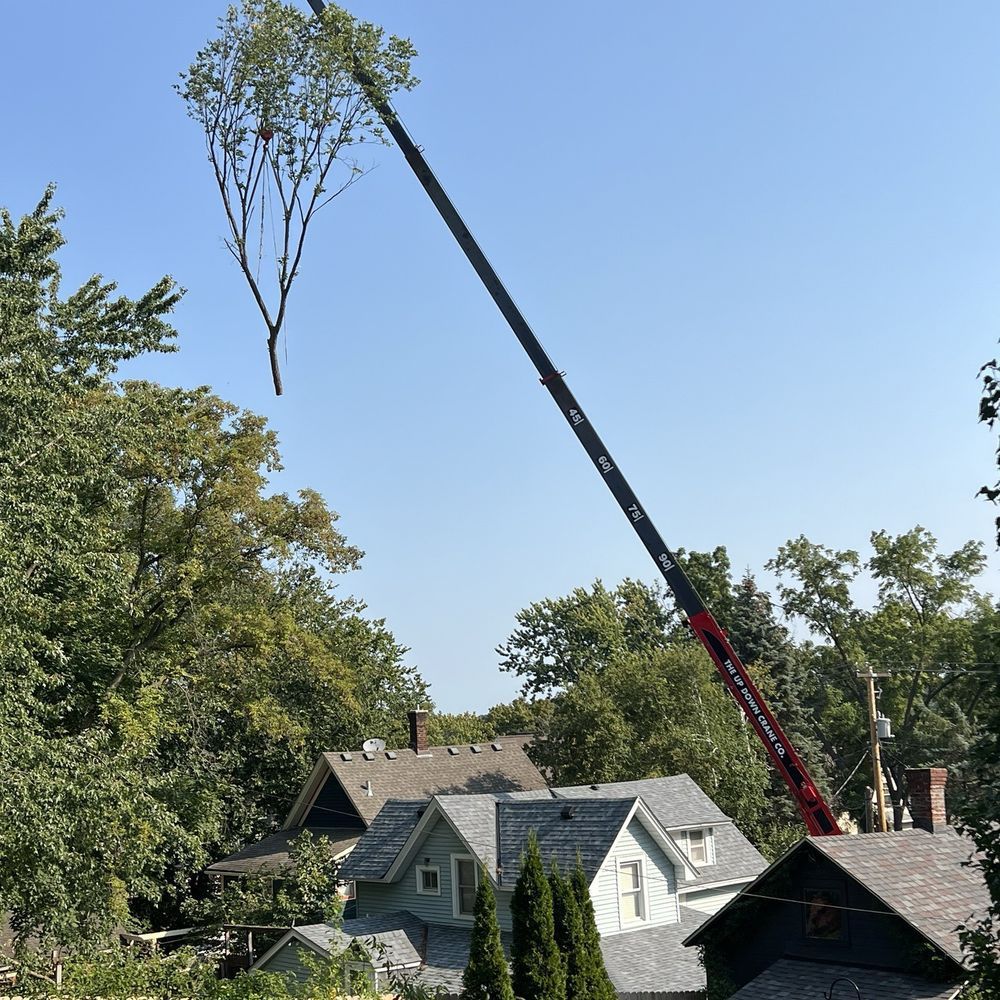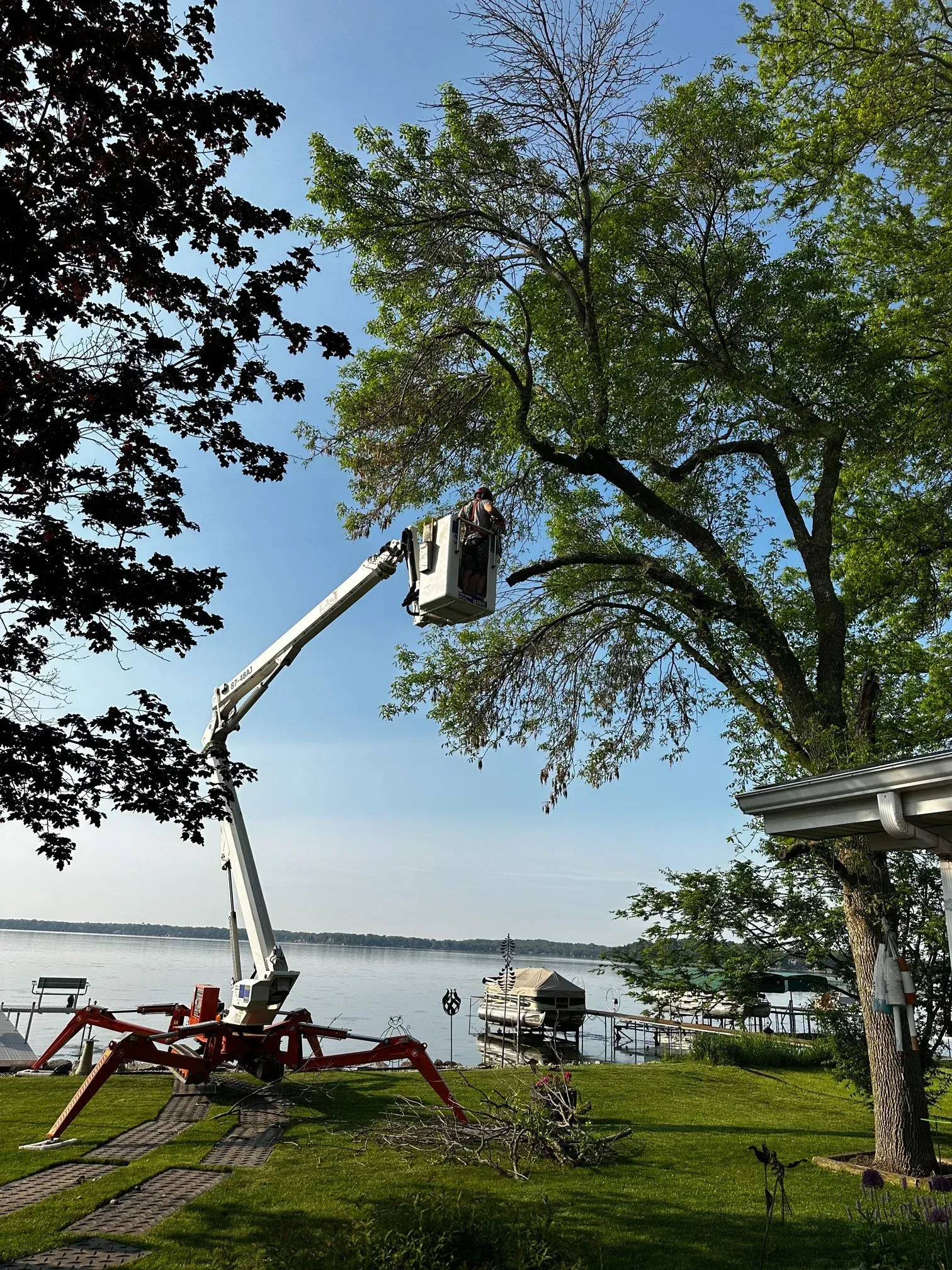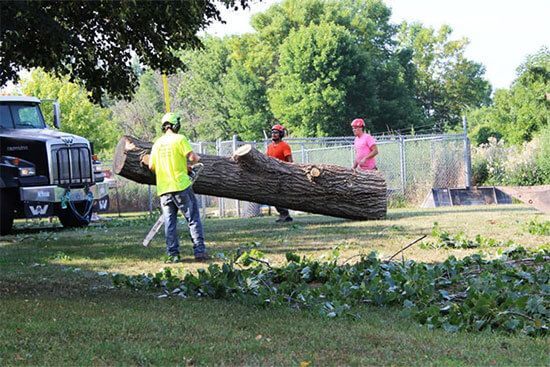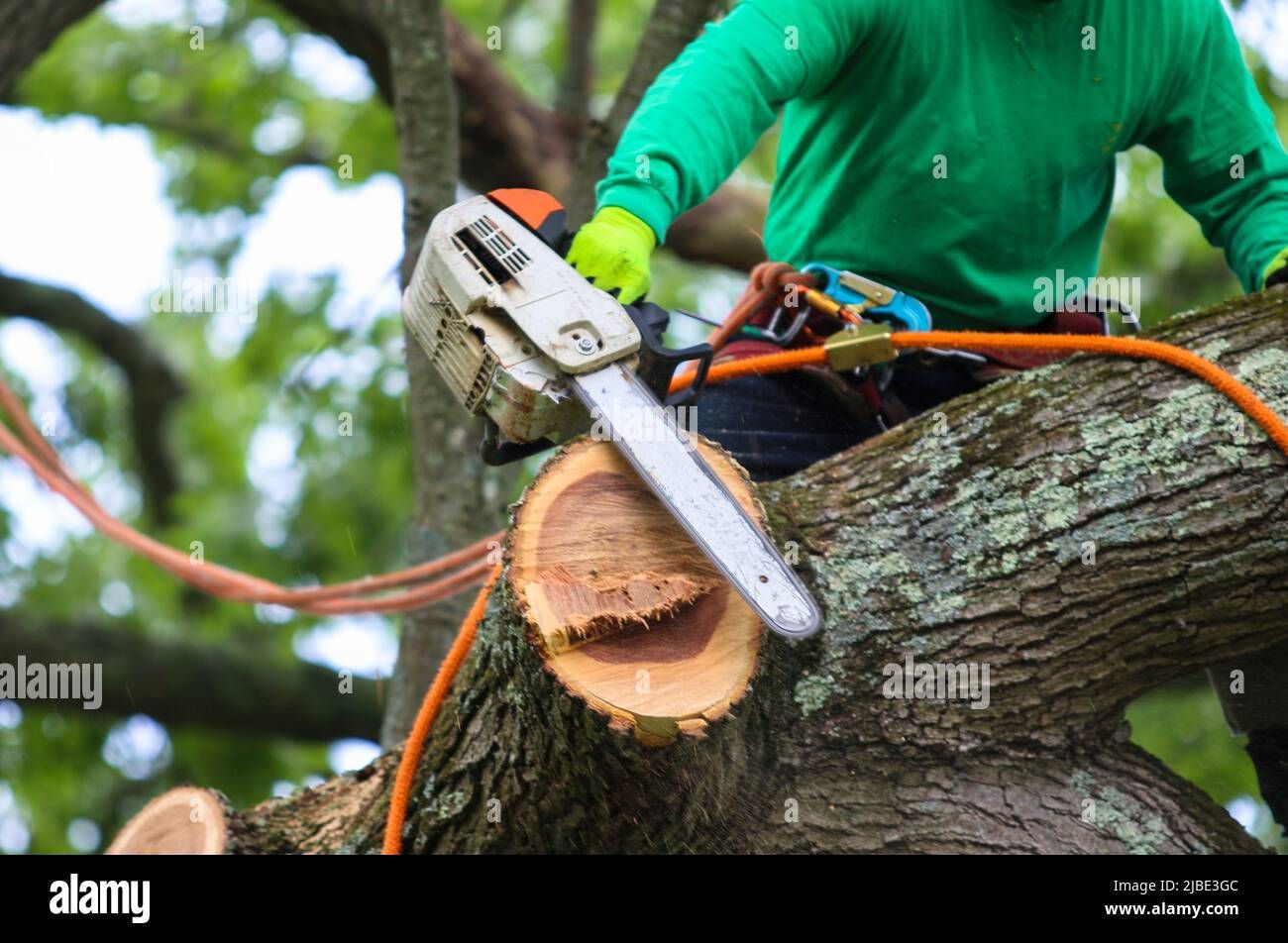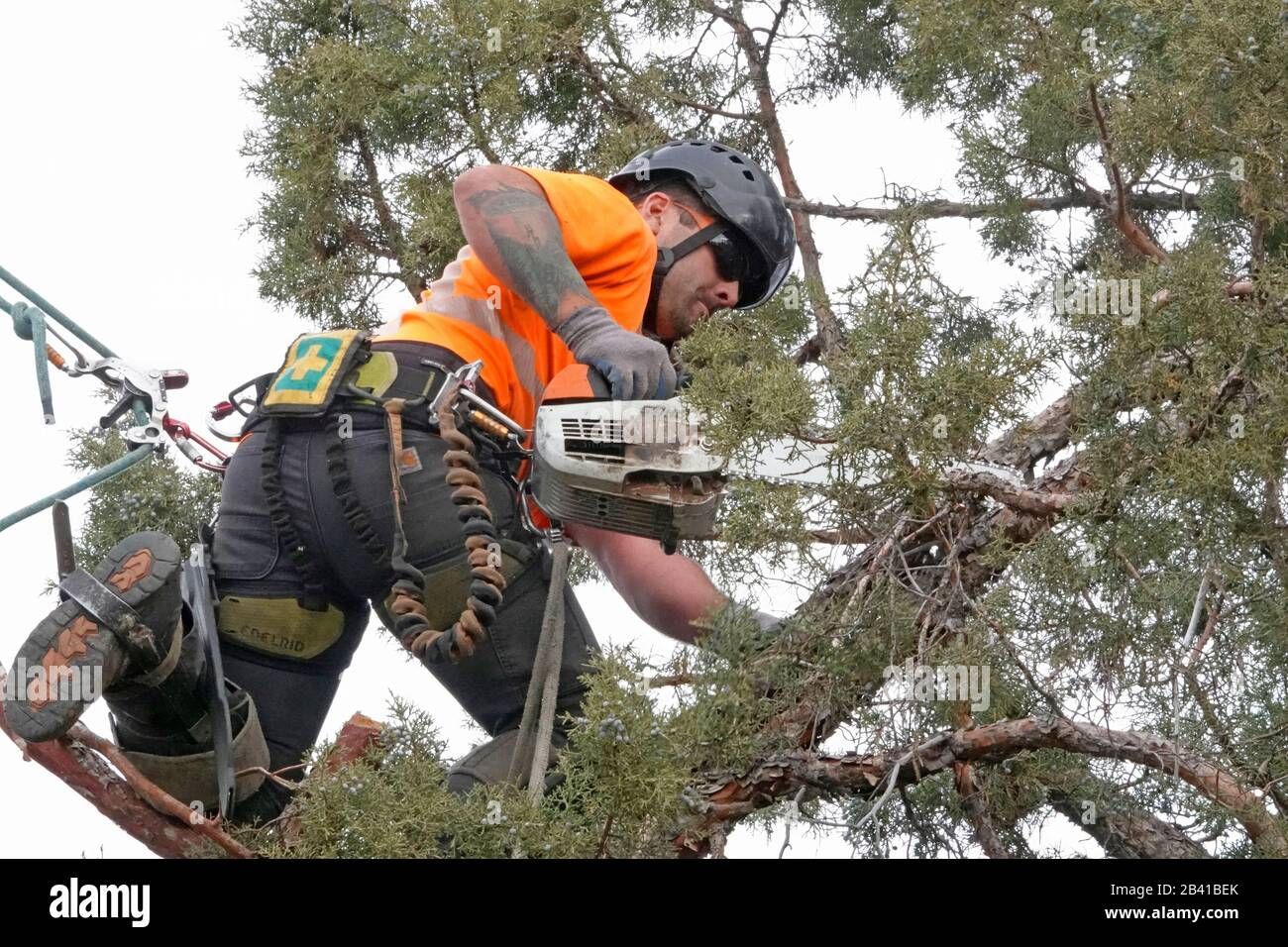Why Tree Removal Might Be Necessary Even If a Tree Looks Healthy
Not all tree problems are visible to the untrained eye. In fact, some trees that appear lush and full from a distance may harbor hidden issues that compromise their safety, structural integrity, or long-term health. While it may seem counterintuitive to remove a tree that looks healthy, professional arborists understand that appearance doesn’t always equal safety. At Frank’s Tree Service, we regularly help homeowners and property managers in Cedar Rapids and Iowa City understand when and why removal is the best decision—even for trees that look good on the surface.
1. Hidden Structural Damage
A tree can appear perfectly healthy but be structurally unsound due to internal decay, cracks in the trunk, or damage from past storms. These conditions can significantly increase the risk of the tree falling unexpectedly.
Signs Include:
- Vertical splits in the trunk
- Mushrooms growing at the base (indicating rot)
- History of severe storms or lightning strikes
2. Root System Issues
Tree roots provide support, water uptake, and nutrient delivery—but they are often out of sight and overlooked. Damage from construction, soil compaction, or disease can compromise the entire tree’s foundation.
Common Root Problems:
- Root rot due to overwatering or poor drainage
- Girdling roots that strangle the tree from within
- Loss of anchoring due to erosion or excavation
3. Proximity to Structures
Even a healthy tree can become a liability when planted too close to a home, garage, sidewalk, or utility lines. Its roots or limbs can cause costly damage, limit growth, or become a safety hazard in storms.
Examples:
- Roots lifting driveways or foundations
- Branches overhanging rooftops or power lines
- Limited access for emergency vehicles or construction crews
4. Species with High Failure Rates
Certain species are more susceptible to disease, storm damage, or rapid growth that outpaces structural strength. Even when they look fine, their track record may suggest a high risk of future failure.
Risk-Prone Species in Iowa:
- Silver maple (fast-growing with weak wood)
- Bradford pear (prone to splitting)
- Boxelder (susceptible to pests)
5. Invasive or Non-Native Species
Some trees, while visually appealing, are invasive and outcompete native vegetation. They disrupt local ecosystems and may violate city ordinances or landscaping guidelines.
Common Invasive Trees:
- Tree of heaven (Ailanthus altissima)
- Russian olive
- Norway maple
6. Overcrowding and Competition
In urban landscapes or tight planting areas, trees may compete for sunlight, water, and nutrients. Removing a healthy tree may benefit others and improve the overall health of your landscape.
When This Applies:
- Dense planting around homes or developments
- Trees overshadowing gardens or lawns
- Poor airflow leading to increased disease risk
7. Damage from Pests or Disease
A tree may still have full foliage and appear healthy but be infested with pests like the emerald ash borer or infected with slow-moving diseases. Once diagnosed, removal is often the best long-term solution.
Indicators:
- Premature leaf drop
- Bark splitting or oozing
- Insect tunnels or larvae under bark
8. Storm Safety Precautions
Even healthy trees can become hazards during Iowa’s powerful summer storms. Proactively removing vulnerable trees helps minimize storm-related damage and protects your property.
Risk Assessment Includes:
- Tree proximity to structures
- Limb load and canopy imbalance
- Soil stability and drainage
9. Construction or Property Renovation
If you’re planning a home addition, driveway installation, or major landscaping changes, even healthy trees may need to be removed to accommodate designs or machinery access.
Examples:
- New home construction
- Pool or patio installation
- Utility trenching and grading
10. Insurance and Liability Concerns
Some insurance providers may require or recommend removing trees that pose potential hazards—even if they haven’t caused problems yet. Removal can prevent future claims and compliance issues.
Scenarios:
- Trees within falling distance of high-value structures
- Neighbors concerned about shared tree risks
- Trees that have failed professional risk assessments
What Frank’s Tree Service Offers
11. Professional Tree Risk Assessments
Our ISA-certified arborists evaluate every aspect of your tree, from trunk to roots, providing expert guidance based on safety and science.
12. Safe and Efficient Removal
We use industry-best techniques, equipment, and safety measures to remove trees cleanly with minimal disruption to your property.
13. Stump Grinding and Cleanup
We don’t leave messes behind. Stump grinding and site restoration are included in our comprehensive service packages.
14. Replanting Recommendations
Our team can help you choose safer, more suitable tree species for your site, ensuring beauty and longevity without risk.
Conclusion
A tree may look healthy—but appearances can be deceiving. From hidden decay and root damage to proximity risks and invasive behavior, there are many reasons tree removal might be necessary even when everything looks fine. At Frank’s Tree Service, we believe in proactive, informed decisions that prioritize safety, landscape health, and long-term property value. Serving Cedar Rapids, Iowa City, and surrounding communities, we’re here to help you evaluate and care for your trees with honesty and expertise.
Contact Frank’s Tree Service Today
Phone: (319) 366-4747
Website:
www.frankstreeservice.net
Service Areas: Cedar Rapids, Iowa City, and nearby communities
FAQs
1. Is it really necessary to remove a tree that looks healthy?
Yes, in many cases. Hidden damage, poor location, or high-risk species can justify removal.
2. Can a tree be evaluated without removing it?
Absolutely. Our arborists offer thorough risk assessments to evaluate structural soundness and health.
3. What happens to the wood after removal?
We offer eco-friendly disposal or can leave wood for firewood if the homeowner prefers.
4. Will removing a tree damage my yard?
We use protective equipment and cleanup protocols to minimize impact on your landscape.
